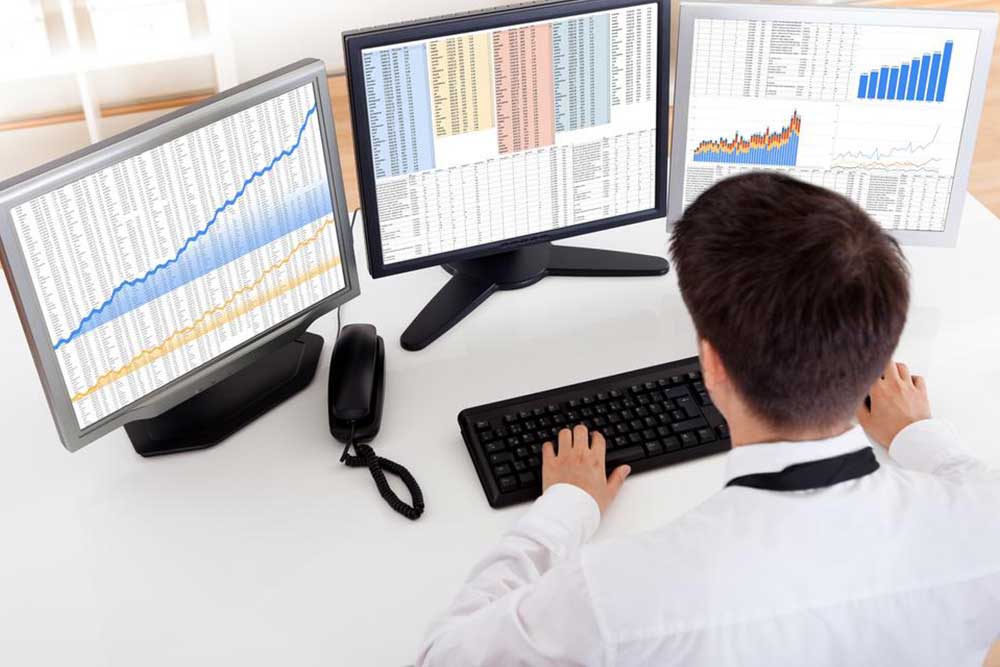Key Financial Ratios for Smarter Investment Decisions
Learn how to enhance your investment strategies with essential financial ratios. This guide explains key metrics like EPS, P/E, and debt-to-equity, empowering investors to make informed decisions. By understanding these ratios, you can evaluate company health, profitability, and market value more effectively, leading to smarter investments and better financial outcomes.

Key Financial Ratios for Smarter Investment Decisions
Effective investing requires more than gut instincts. It demands analytical insights, calculations, and clear metrics to evaluate a company's worth. Investors often assess whether a stock is undervalued or overvalued by analyzing critical financial ratios derived from company reports. Seasoned investors prioritize these numbers, which guide their investment choices and help predict future market behaviors.
Utilizing Financial Ratios for Investment
Without proper ratios, selecting the right stock becomes challenging. Analysts rely on financial indicators to forecast trends and inform investment strategies. When managing your investments, consider using the following key ratios for better decision-making:
Earnings per Share (EPS)
This metric measures a company's profitability by showing the profit allocated to each share of common stock. It is calculated as:
EPS = (Net Income – Preferred Dividends) / Average Outstanding Shares
Price-to-Earnings Ratio (P/E)
The P/E ratio compares a stock's current price to its earnings per share, reflecting market expectations. The formula is:
P/E = Stock Price / Earnings per Share
Price-to-Sales Ratio (P/S)
This ratio evaluates a company's stock price against its total sales revenue over the past year, calculated as:
P/S = Market Capitalization / Total Annual Sales
Debt-to-Equity Ratio (D/E)
This indicator reveals the proportion of debt used to finance assets relative to shareholders' equity. A balanced D/E suggests prudent leverage levels.
Dividend Yield
It shows the annual dividend return relative to the share price, expressed as a percentage. Calculated as:
Dividend Yield = Dividend per Share / Share Price
Price-to-Book Ratio (P/B)
This ratio compares a company's market value to its book value, calculated as:
Current Share Price / Book Value per Share
Payout Ratio
This measures the percentage of earnings paid out as dividends, indicating dividend sustainability.
Current Ratio
It assesses a company's ability to meet short-term obligations using its liquid assets. A higher ratio indicates better liquidity.
All these ratios, available on company balance sheets, provide vital insights, enabling investors to make informed decisions. Proper analysis of these indicators can significantly improve investment outcomes.










